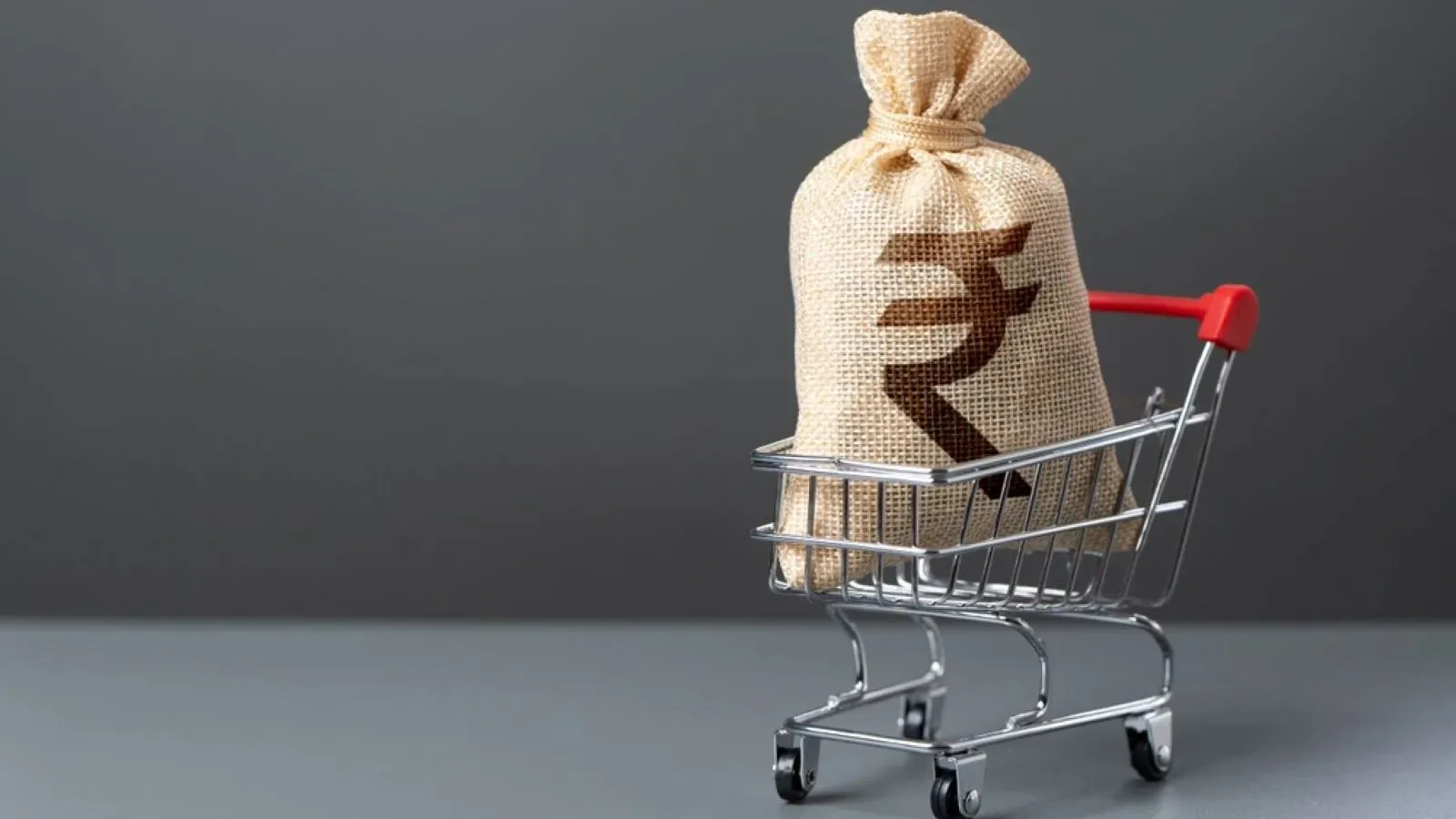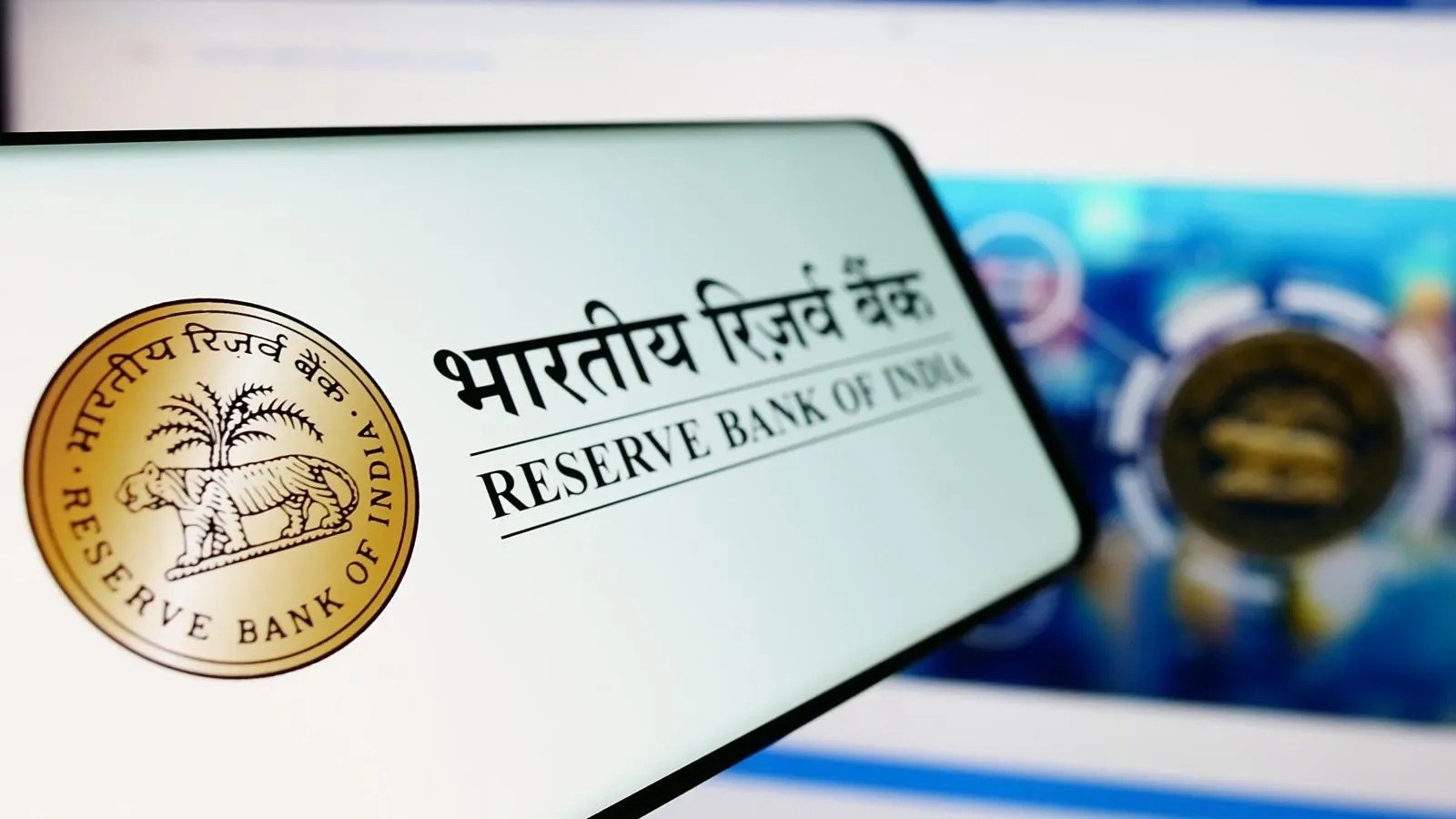Personal Finance News
Can you use e-Rupee now? RBI digital currency rules explained

5 min read | Updated on November 10, 2025, 18:51 IST
SUMMARY
Using e₹ is completely safe; it is a sovereign currency issued by the RBI. It can be easily converted into cash or commercial bank money, and is even safe from being destroyed by tearing, burning or physical damage.

You can send or receive money only by those who have enabled e₹ and registered.
The Reserve Bank of India (RBI) launched the Central Bank Digital Currency (CBDC) in 2022. India’s CBDC, the Digital Rupee (e₹), is the digital version of cash issued by the RBI.
The RBI has conducted many retail e₹ (CBDC) pilots since its launch in 2022. Last month, the central bank conducted a pilot on deposit tokenisation for bank-to-bank dealings.
The e₹ introduction into the financial ecosystem comes at a time when digital payment transactions, including transactions through Unified Payment Interface (UPI), have been increasing exponentially across the country. In 2024-25, digital payments hit ₹18,120.82 crore in value, according to official government data.
Individuals can use e₹ for person-to-person payments or person-to-merchant transactions. While many vendors have used e₹ during the pilot phase, the reach is limited. If you wish to use e₹, simply download the app from Google Play Store/Apple App Store, register and send money to someone who uses it as well.
Can you use e₹ now?
Yes, you can use e₹ now. Here are the basic steps:
- Download an e-Rupee wallet app from a participating bank. The list is below.
- Register on the app.
- Accept the terms and conditions.
- Set up the PIN.
- Load money into your wallet from your bank account.
- Enter phone number/scan QR code to send money.
You can enable receiving money through your QR code/phone number as well. Remember that you can send or receive money only by those who have enabled e₹ and registered.
I personally downloaded the PNB app for e₹, PNB Digital Rupee. Here are some things to know:
-
You will have to send an SMS from your phone to authenticate your number, as it doesn’t have OTP verification. The HDFC Bank’s app also didn’t have OTP verification.
-
After verification, you will be asked to set a PIN and enable face authentication.
-
You can load money into the digital rupee wallet from the account linked to the bank or from various UPI apps as well. While loading money, you’ll see physical note-like images.
-
Making transactions is just like how it works on UPI apps. It’s fairly simple and mostly self-explanatory.
Banks supporting the digital rupee
Here is the list of some banks currently supporting the e₹ (digital rupee) pilot and their apps:
| Bank Name | App Name |
|---|---|
| SBI | eRupee by SBI |
| ICICI Bank | Digital Rupee By ICICI Bank |
| IDFC First Bank | IDFC First Bank Digital Rupee |
| YES BANK | Yes Bank Digital Rupee |
| HDFC Bank | HDFC Bank Digital Rupee |
| Union Bank of India | Digital Rupee By UBI |
| Bank of Baroda | Bank of Baroda Digital Rupee |
| Kotak Mahindra Bank | Digital Rupee by Kotak Bank |
| Canara Bank | Canara Digital Rupee |
| Axis Bank | Axis Mobile Digital Rupee |
| IndusInd Bank | Digital Rupee by IndusInd Bank |
| PNB | PNB Digital Rupee |
| Federal Bank | Federal Bank Digital Rupee |
| Karnataka Bank | Karnataka Bank Digital Rupee |
| Indian Bank | Indian Bank Digital Rupee |
Is it safe to use e₹?
Yes. Using e₹ is completely safe; it is a sovereign currency issued by the RBI. It can be easily converted into cash or commercial bank money, and is even safe from being destroyed by tearing, burning or physical damage. Importantly, no other digital form of money can replace the e-rupee. It does not function like cryptocurrency, and isn’t market-linked.
Are there charges for using e₹?
No, there are no charges for using e₹ (Digital Rupee). Transactions are free, just like using physical cash. You are also not required to maintain a minimum balance in your e₹ wallet, and you won’t be charged anything for not using e₹ after registering. Merchants can use e₹ as a payment collection method at no cost.
Related News
By signing up you agree to Upstox’s Terms & Conditions
About The Author
Next Story


